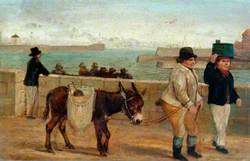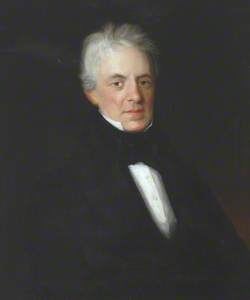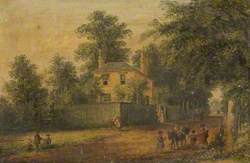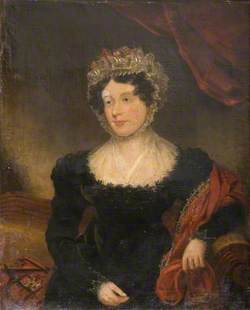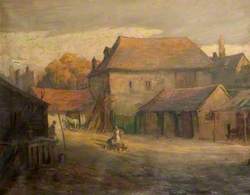How you can use this image
This image can be used for non-commercial research or private study purposes, and other UK exceptions to copyright permitted to users based in the United Kingdom under the Copyright, Designs and Patents Act 1988, as amended and revised. Any other type of use will need to be cleared with the rights holder(s).
Review the copyright credit lines that are located underneath the image, as these indicate who manages the copyright (©) within the artwork, and the photographic rights within the image.
The collection that owns the artwork may have more information on their own website about permitted uses and image licensing options.
Review our guidance pages which explain how you can reuse images, how to credit an image and how to find images in the public domain or with a Creative Commons licence available.
Notes
Add or edit a note on this artwork that only you can see. You can find notes again by going to the ‘Notes’ section of your account.
The text is: surah Luqman (XXXI), verse 6. Copied in seven lines per page, on one side only of enormous sheets of paper (almost 177 cm x 101 cm), the so-called 'Baysunqur Qur'an' must have amounted to almost 800 double page spreads. Baysunqur, a son of the Timurid ruler Shah Rukh (r.1405–1447), was a famous bibliophile, calligrapher and designer of inscriptions. Even if he had succeeded in writing ten lines a day to the very exacting standard exemplified by this single line, it would have taken him at least 18 months to complete the volume, and the feat could not have passed without remark in contemporary chronicles. An alternative authorship is suggested by the Qadi Ahmad Qummi (c.1605). The Samarkand calligrapher 'Umar Aqta', who was one-handed and left-handed at that, had written a Qur'an for Tamerlane that was so small it would fit under the bezel of a signet ring.
Title
A Single Line from the So-Called 'Baysunqur Qur'an'
Date
c.1400–1405
Medium
ink on paper; gold outline is a later addition
Accession number
594
Work type
Drawing


